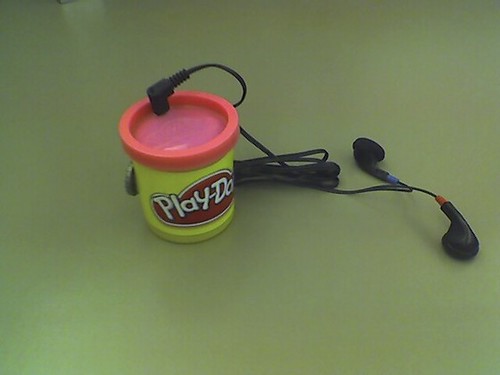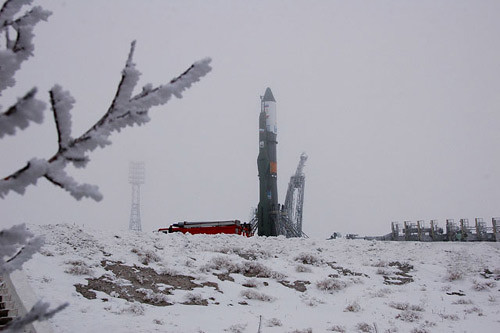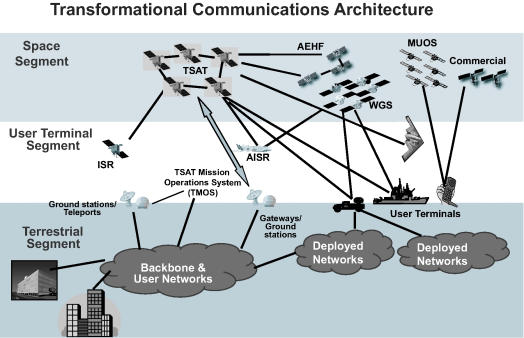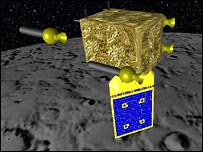Bicycling in Low Gravity
Tuesday, January 23rd, 2007Here’s an interesting concept:

What is it, you ask? It’s a hyperbike — and NASA has put up a little cash to see where it goes (pun intended):
The Hyperbike is a working prototype created by inventor Curtis DeForest for a human-powered vehicle that will be faster than a traditional bicycle and much safer…
In creating the HyperBike, DeForest tried to remedy the flaws of the standard bicycle. For one thing, it has no seat; the rider stands upright. Also, the arms are used for additional power. DeForest describes pedaling the HyperBike as "swimming on dry land." Motor vehicle speeds of at least fifty miles per hour are easily attained….
One of the most interesting differences lies in the greater stability of the HyperBike. A conventional bicycle has the center of gravity higher than the spinning axis of the wheels. The HyperBike positions the rider in such a way as to put the center of gravity below the wheel axis.
Apparently, it is the stability and balance of weight relative to spinning forces that has NASA interested. These factors would make the Hyperbike a good choice for low gravity environments. The NASA-funded Space Alliance Technology Outreach Program has invested some capital in the development of the next model.
Now, I’ll admit to a tendency to get overly excited about these things — don’t even ask me about the Segway — but don’t you think this is pretty cool?

 Via
Via 



 lunar surface.
lunar surface.